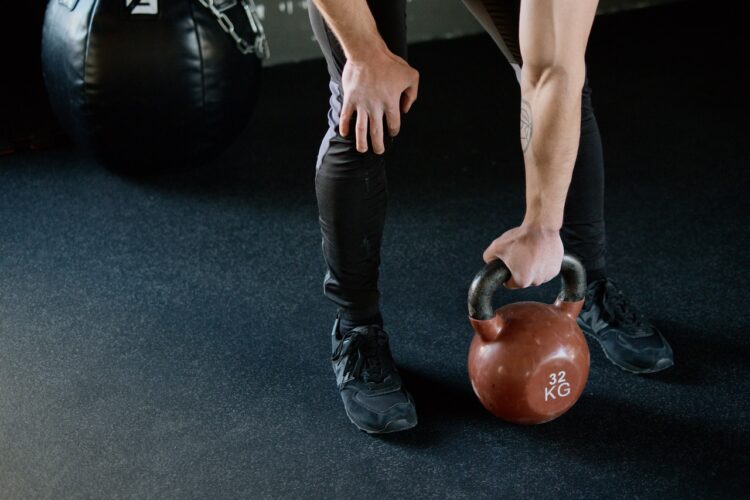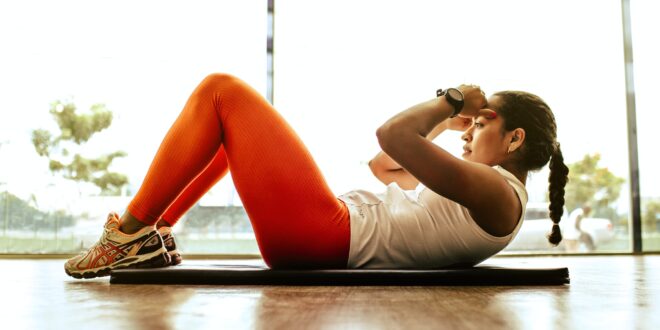PFD or Pelvic Floor Dysfunction is a common health condition that impacts men and women. Activities like heavy lifting, holding deep breaths, coughing hard, and intense workouts can increase pressure inside the abdominal cavity and severely strain the muscles.
The pelvic floor muscles are quite similar to normal skeletal muscles. They experience fatigue when they are subjected to extended intra-abdominal pressure. If it is not addressed on time, it can increase the possibility of PFD occurrence.
What is the role of the pelvic floor muscle?
The pelvic floor muscles support the pelvis base of our bodies. They also support internal organs like the uterus and vagina in women, prostate in man, bladder, and rectum that is housed in the pelvis. The pelvic floor muscles wrap around the pubic bone on the front to the coccyx and the back’s sacrum area.
It offers extra stability from the obturator internus on the inner side and from the outside’s trochanter. It forms a drape around the uterus and rectum. It helps in the force closing of the bladder as well as the bowel passageway to prevent leakages.
It also allows relaxation and easing for the effective emptying of the bowel and urine. Therefore, you urinate and defecate without an issue, if your pelvic floor muscles relax and tighten normally. If you have a PFD issue, the body tightens the muscles rather than relaxing.
This creates tension, and you will experience :
- Trouble in releasing or evacuating a bowel movement.
- Leaks in urine or stool.
- Incomplete bowel movement.
- Painful sex
- Protrusion of uterus, vagina, or rectum
- Lower back pains
- Impact of Sports
Athletes are exposed to a consistent increase in the intra-abdominal pressure because of their regular training. Many sports involve two forms of regular activities like jumping and landing or Valsalva maneuver. Both activities increase IAP, but deformation on the pelvic floor is different. It is caused because of the load and incorrect direction of the force. Maximum IAP on the pelvic floor is experienced in activities like jumping & landing than with the Valsalva maneuver.
Running, basketball, baseball, tennis, trampolining, soccer, cross-fit, and gymnastics are high impact sports. The internal organs get consistently pounded against your pelvic floor. Over a period of time, it can cause dysfunction. During heavy lifting, the athlete bears down or strains against the pelvic floor to lift the weight. Frequent improper actions can gradually impact the pelvic floor.
Misconceptions and solutions

There is a misconception that a person who exercises regularly has better control of their pelvic floor muscles. However, the Norwegian researchers did a comparison study of the levator hiatus of exercising and non-exercising women [with one kid] group.
Levator hiatus is an opening between the bottom muscles. Surprisingly, they found that the former group (athletes) had a wide and stiff levator hiatus. It concluded that the widening is due to the stress on the athlete’s pelvic floor. The stiffness can be because you are trying to push yourself to do physical activities with inadequate strength.
Athletes exercise regularly but ignore their pelvic floor health. There is hardly any awareness about proper pelvic floor muscle exercises. The worst part is she does not realize that her pelvic floor is compromised until it becomes inconsistent or her prolapse starts to bulge. It does not mean you should abstain from sports, but it is essential to initiate a robust and properly functioning core foundation.
Advanced technology and scientific research have led to the introduction of many state-of-art medical equipment and tools (along with medications) for effectively treating pelvic floor dysfunction.
You can check out the NDYNRehab website for pelvic floor physical therapy in NYC. Treatments offered by them include counseling, stress management, and biofeedback. They have helped many athletes in healing with their rehabilitation physical therapy.
Sports physical rehab therapy is planned after a careful clinical exam, functional ultrasound, and diagnostics. Ultrasound is commonly used in medical equipment that helps in identifying the affected areas.
Dynamic Neuromuscular Stabilization & rebuilding of the postural breathing mechanism is applied to restore stability and balance in the pelvic floor. Stress management also helps you with other physical conditions. It prepares you physically and mentally to combat the condition.
A comprehensive rehabilitation program will train the athletes to correctly involve their pelvic muscles during resistance or endurance activities. It helps to maintain pelvic health.
What is the relationship between your core and pelvic floor?
The core and pelvic floor muscles work together. The contract together. In case of damage to the pelvic floor, the obliques, erector spine, and posterior muscles take over. The transversus abdominis stays weak. It means that you need to train both. In core training, focus on retraining the muscle contradictions sequence and timing. It will help create an automatic connection with the athlete’s mind and prepare for advanced core strengthening.
- Lift pelvic floor from back to the front side.
- Draw the core muscles in the lower stomach gently inwards from below your hip bones.
- Hold it for 10 seconds before you release it.
How to reduce the load on the pelvic floor during core exercises?
- Avoid sit-up exercises
- Avoid lying down exercises where you have to raise your head off the ground
- Avoid full plank position
- Avoid holding the plank position for long because muscles lack the endurance to hold that position comfortably for long
- Avoid exercises that need you to raise both legs in a chorus
Athletes need to monitor their pelvic floor while training

- Leaking of any kind
- Heaviness/discomfort/dragging in the vaginal area
- Bleeding unrelated to a menstrual cycle
- Bulging or doming in the abdominal region
- Lower back or pelvic pain
These are not normal symptoms. You will need a diagnosis from professionals before continuing with your pelvic floor exercises. It is wise to take medical help and resolve the problem at the earliest.
Pelvic health tips
- Eat high fiber food, which reduces constipation
- Drink plenty of water to eliminate constipation
- Deficiency in Vitamin D can compromise the skeletal muscle’s efficiency, so make sure that your food helps maintain this essential micronutrient level.
- Before strenuous activities like lifting or jumping, engage your pelvic floor and core.
- Reduce caffeine intake because it can aggravate the bladder.
- Reduce load while doing core strengthening exercises.
 Hi Boox Popular Magazine 2024
Hi Boox Popular Magazine 2024



